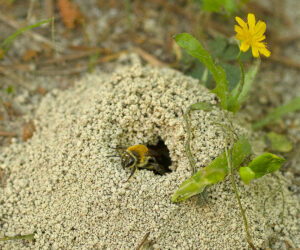
Ground-Nesting Bees Should Be Appreciated, Not Feared!
Every year, from mid-March through mid-April, I get calls from folks worried about all the bees hovering over their …



El inglés es el idioma de control de esta página. En la medida en que haya algún conflicto entre la traducción al inglés y la traducción, el inglés prevalece.
Al hacer clic en el enlace de traducción se activa un servicio de traducción gratuito para convertir la página al español. Al igual que con cualquier traducción por Internet, la conversión no es sensible al contexto y puede que no traduzca el texto en su significado original. NC State Extension no garantiza la exactitud del texto traducido. Por favor, tenga en cuenta que algunas aplicaciones y/o servicios pueden no funcionar como se espera cuando se traducen.
Inglês é o idioma de controle desta página. Na medida que haja algum conflito entre o texto original em Inglês e a tradução, o Inglês prevalece.
Ao clicar no link de tradução, um serviço gratuito de tradução será ativado para converter a página para o Português. Como em qualquer tradução pela internet, a conversão não é sensivel ao contexto e pode não ocorrer a tradução para o significado orginal. O serviço de Extensão da Carolina do Norte (NC State Extension) não garante a exatidão do texto traduzido. Por favor, observe que algumas funções ou serviços podem não funcionar como esperado após a tradução.
English is the controlling language of this page. To the extent there is any conflict between the English text and the translation, English controls.
Clicking on the translation link activates a free translation service to convert the page to Spanish. As with any Internet translation, the conversion is not context-sensitive and may not translate the text to its original meaning. NC State Extension does not guarantee the accuracy of the translated text. Please note that some applications and/or services may not function as expected when translated.
Collapse ▲
Every year, from mid-March through mid-April, I get calls from folks worried about all the bees hovering over their …
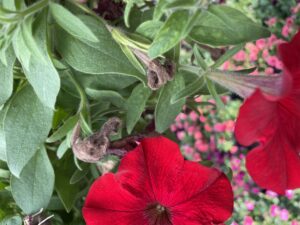
Botrytis blight (caused by Botrytis cinerea) is a well-known problem among greenhouse ornamental crop producers. This ubiquitous fungus has …
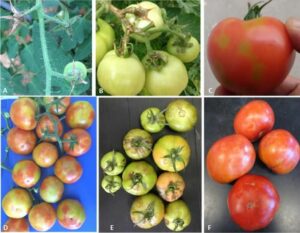
A recent study from the University of Florida discovered high incidences of two tomato viruses (ToBRFV and PepMV) in …
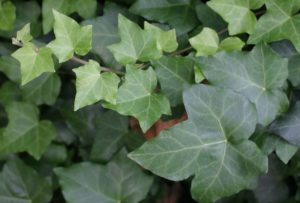
English ivy (Hedera helix) creates a dense ground cover with attractive dark green foliage. But, left unchecked this introduced …

To get a pesticide license there are a few steps to take, but it’s all pretty straightforward. Below is …
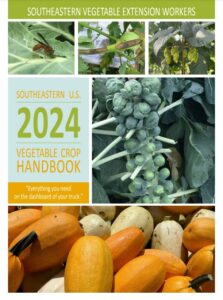
The 2024 Southeastern U.S. Vegetable Crop Handbook can be accessed with the link below. Unfortunately, the updated Handbook will not be …

The U.S. Environmental Protection Agency (EPA) released its Proposed Interim Registration Review Decision for chlorothalonil (Registration Review Case #0097) …
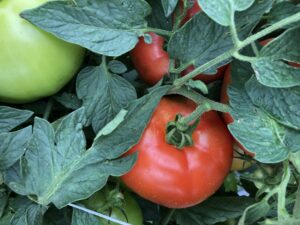
This is the largest commercial vegetable grower event in the region with a high quality educational program put together …

Click on the flowchart below to help you determine if you need a pesticide license or certificate. Also, there are …
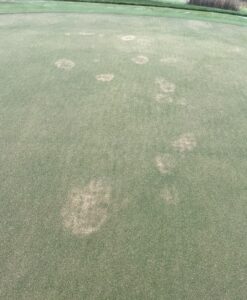
As the summer is coming to a close, except for 100oF temperatures in September, we are in the window …
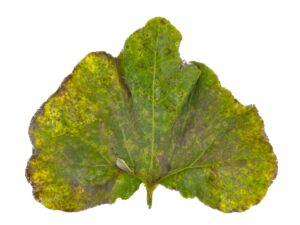
Written by Md Ziaur Rahman Bhuiyan and Lina M. Quesada-Ocampo. Cucurbit downy mildew (CDM) is caused by an obligate oomycete, …
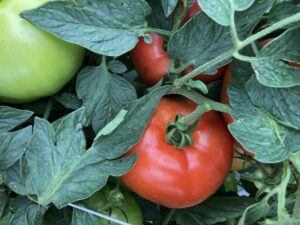
Late blight on tomato has been confirmed on an organic vegetable farm in Henderson County, NC on 7 Aug …
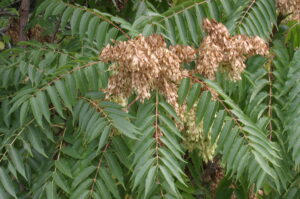
There’s a lot of interest in controlling tree of heaven. Art Gover at Penn State conducted numerous trials on …
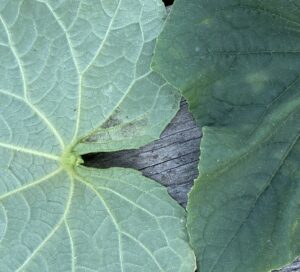
Cucumber downy mildew (CDM) has been confirmed on cucumber plant samples from a research plot at the Mountain Research …
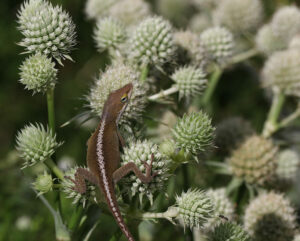
In late 2008, I planted a demonstration pollinator garden at Chatham Mills to provide forage from early spring to …
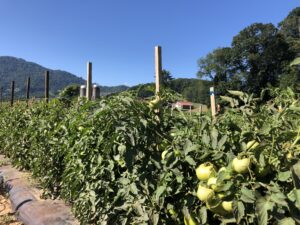
Vegetable growers in western North Carolina: Be on the lookout (BOLO) for late blight on tomato and cucurbit downy …

A new publication on weed management in Christmas trees by Dr. Saha at Michigan State is available. This publication provides …
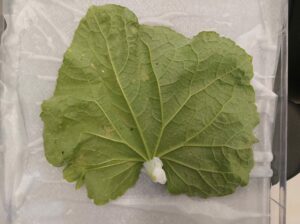
Written by Mariana Prieto-Torres and Lina M. Quesada-Ocampo. Pseudoperonospora cubensis is the causal agent of cucurbit downy mildew (CDM). This …

This publication describes the invasive Callery pear species, its offspring, and how it can harm …
This factsheet describes the biology of the cane lace bug or bamboo lace bug, Leptodictya …

This factsheet describes the biology of the banded sphinx moth or lesser vine sphinx, Eumorpha …

This factsheet describes the biology of the elm-grass root aphid, Tetraneura ulmi, and provides residential …

Gummy stem blight is caused by several closely related fungal pathogens in the genus Stagonosporopsis …
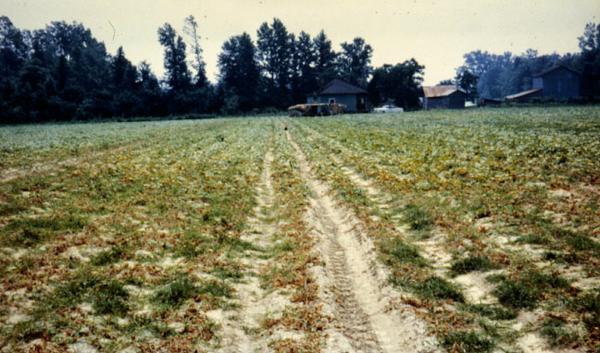
This vegetable pathology factsheet describes the identification and treatment of anthracnose in cucurbits.
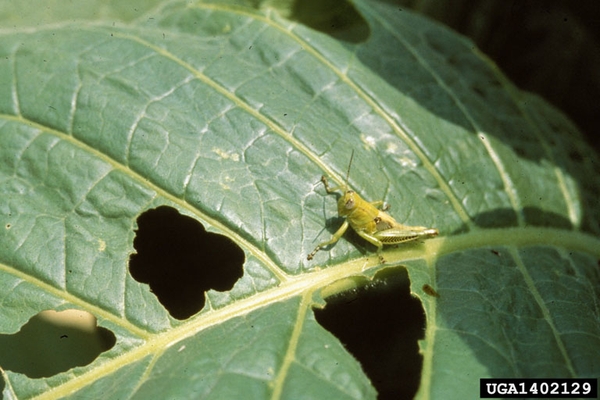
Several species of grasshoppers can cause foliar feeding damage in tobacco. They are typically most …

This Extension publication provides an overview of the tobacco budworm (Chloridea virescens), a common pest …